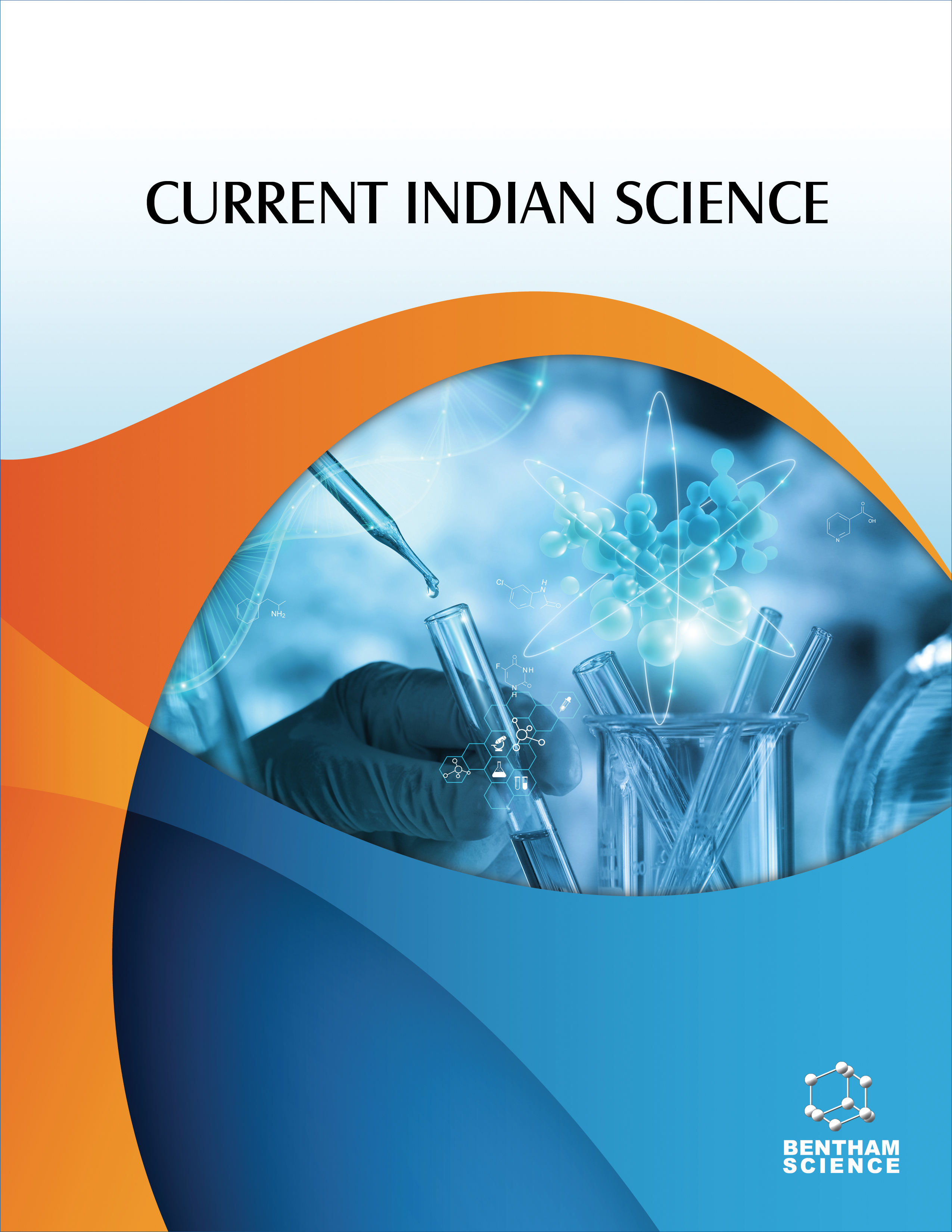-
oa Platinum(II) Complexes of 3-Hydroxypyridine-2-Carboxaldehyde, N(4)-Methyl and N(4)-Pyrrolidinyl Thiosemicarbazones: Synthesis, Characterization, and Primary Anticancer Screening against HeLa Cells, and Molecular Docking
- Source: Current Indian Science, Volume 1, Issue 1, Jan 2023, e010922208409
-
- 11 Mar 2022
- 17 Jul 2022
- 25 Jan 2023
Abstract
Thiosemicarbazones are an important class of synthetic organic compounds exhibiting promising biological activities, including antiviral, antibacterial, antitubercular, antiprotozoal, antimalarial, antifungal, enzyme inhibitory, and antitumor. Different α-(N)-heterocyclic thiosemicarbazones are potent inhibitors of ribonucleotide reductase enzyme that play a critical role in the DNA synthesis; moreover, some have been found 1000-fold more potent than the clinical drug hydroxyl urea.
Different coordination complexes have been assessed for their efficacy to target MDR and surpass side effects associated with platinum drugs. In this work, we have prepared and investigated the anticancer potential of new platinum compounds of 3- hydroxy-2-formylpyridine thiosemicarbazones.
Novel Pt(II) complexes were synthesized and characterized by elemental analyses, FT-IR, 1H-NMR, UV-visible spectroscopy, and mass spectrometry. The in vitro anticancer activity of the synthesized compounds against HeLa cells by MTT assay was assessed. Protein-fixed and ligand-flexible docking studies were carried out using the Lamarckian genetic algorithm and Autodock 4.2 software.
The IC50 values of compounds (3) and (4) through MTT screening against HeLa cells were found to be 107.16 µM and 132.13 µM, respectively. The binding energy value for the complex [Pt(HyPyMe)Cl] was -6.49 kcal/mol. While for complex, [Pt(HyPyPyrd)Cl] was found to have a binding energy value of -6.83 kcal/mol.
The spectroscopic and analytical data showed the mononuclear structures and square planar geometry of the Pt(II) complexes. The compounds exhibited moderate antineoplastic activity, and N(4)-methyl-substituted compound exhibited better anticancer activity. [Pt(HyPyMe)Cl] complex formed hydrogen bond interactions with guanine-6, guanine-7 and thiamine-8. While, [Pt(HyPyPyrd)Cl] interacted with guanine-7 and guanine-16 via hydrogen bond interaction.


